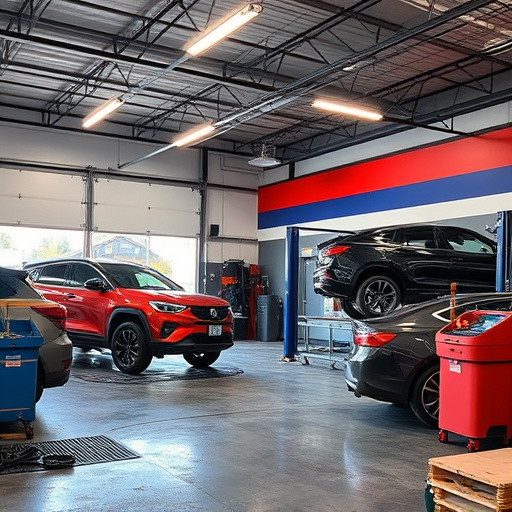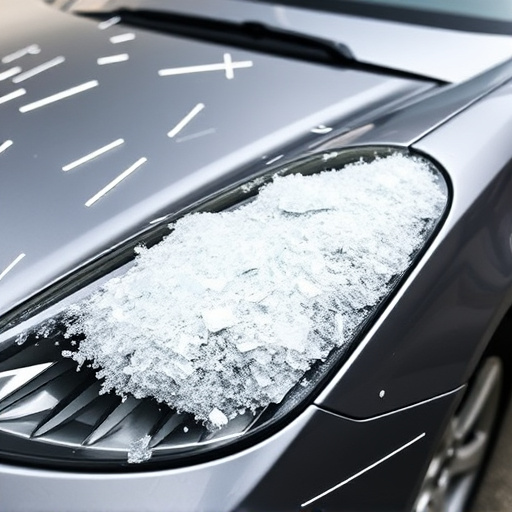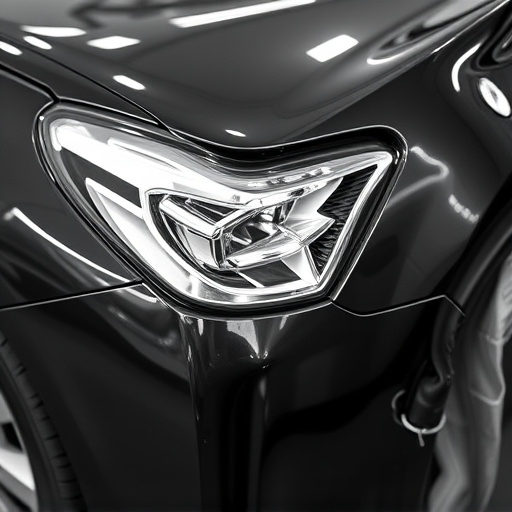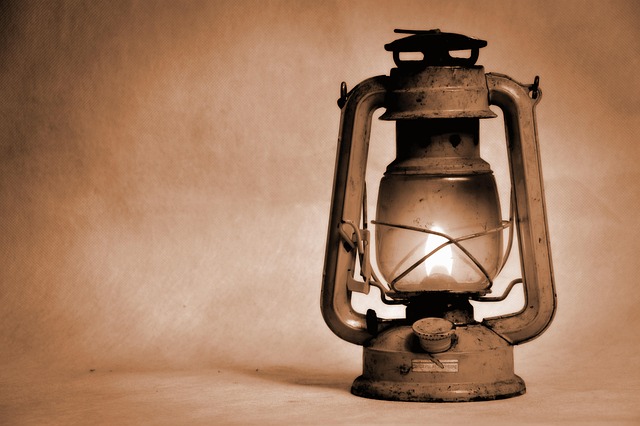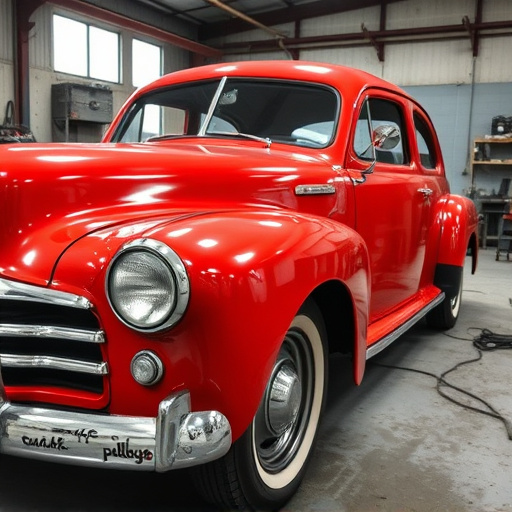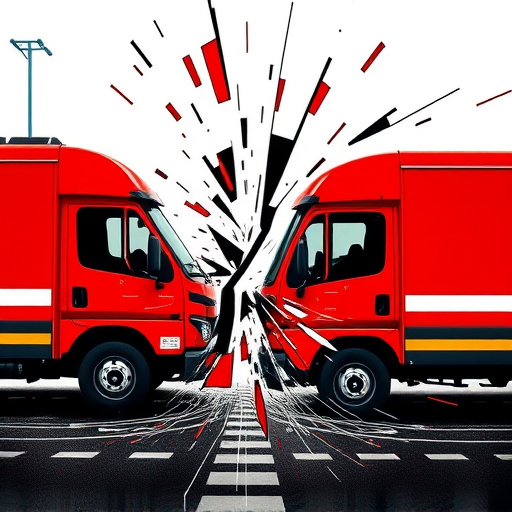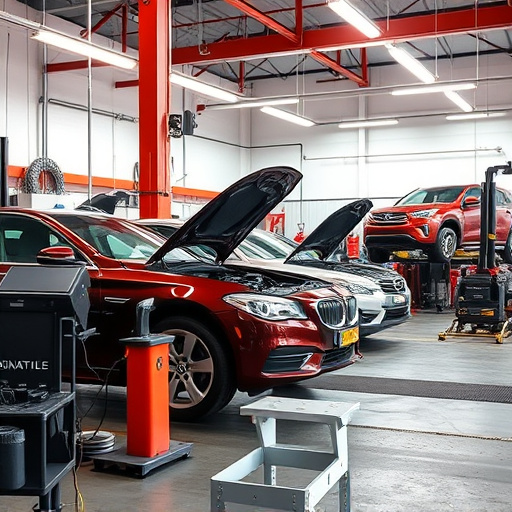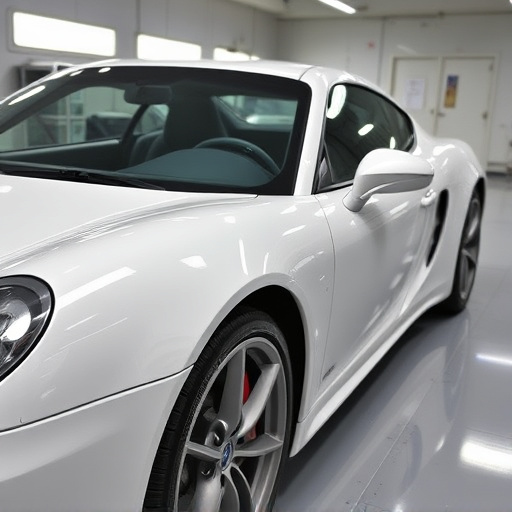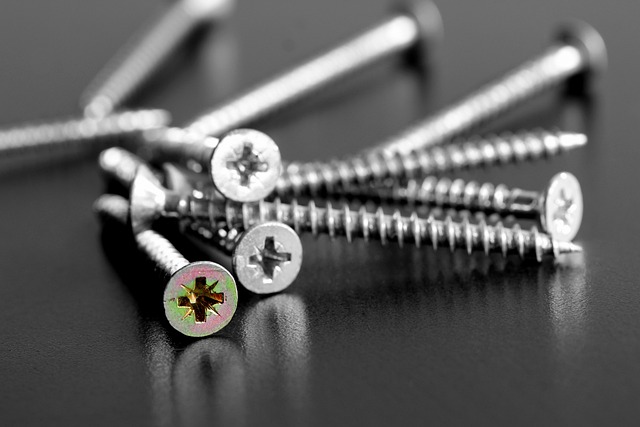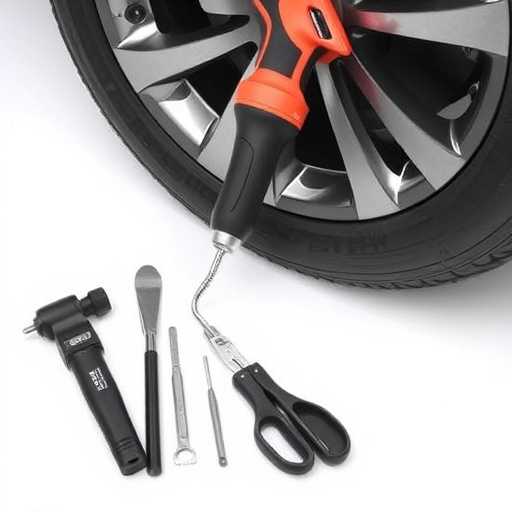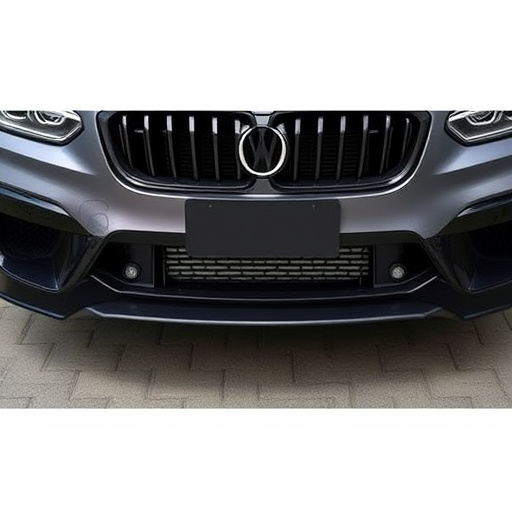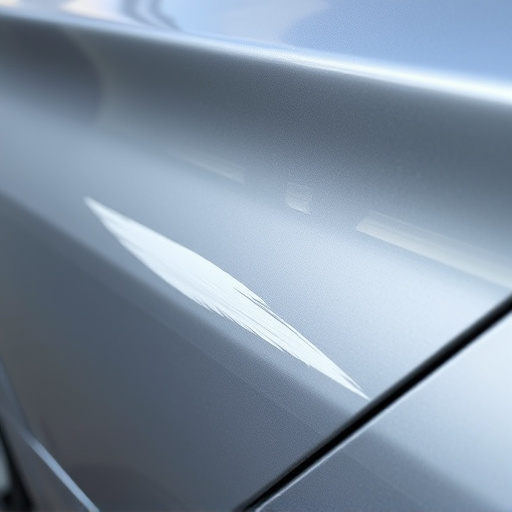Car frame damage repair begins with a thorough assessment using specialized tools to identify hidden issues. Preparation includes straightening the frame and replacing damaged components. Selection of materials and techniques is crucial for optimal restoration, leveraging advanced technologies and high-quality parts. A rigorous final inspection ensures safety and structural integrity by checking various components and adhering to manufacturer guidelines. Comprehensive post-repair considerations protect against future damage and optimize vehicle performance.
After suffering from car frame damage, proper repair care is crucial for restoring your vehicle’s safety and structural integrity. This comprehensive guide delves into the best practices for post-car frame damage repair. From assessing and preparing the frame to choosing suitable materials and techniques, we cover every step essential for accurate and safe repairs. Additionally, learn about final inspections and key safety considerations to ensure a seamless transition back onto the road.
- Assessing and Preparing the Car Frame for Repair
- Choosing the Right Materials and Techniques
- Final Inspection and Safety Considerations Post-Repair
Assessing and Preparing the Car Frame for Repair
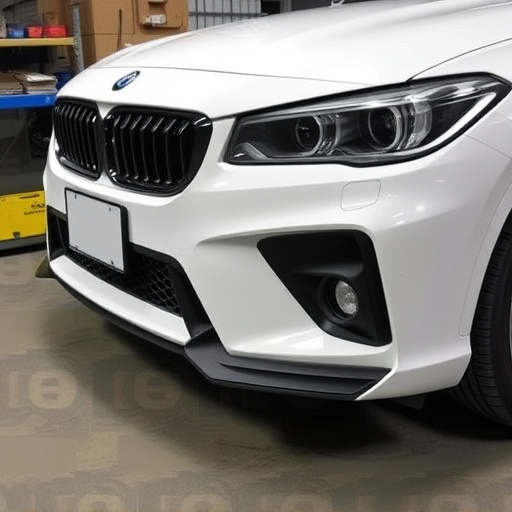
Before beginning any car frame damage repair, a thorough assessment is crucial. This involves carefully inspecting the vehicle’s frame for any misalignments, deformities, or weaknesses. Technicians use specialized tools and knowledge to identify hidden issues that could impact the overall structural integrity of the car. Once identified, these problems must be addressed during the preparation phase.
Preparation includes straightening the frame, if necessary, to bring it back to its original specifications. This process often involves using hydraulic presses or specialized equipment designed for collision damage repair. Additionally, all damaged components should be replaced or repaired to ensure a solid foundation for subsequent car paint services and assembly. A well-prepared car frame is the cornerstone of successful and long-lasting car frame damage repair.
Choosing the Right Materials and Techniques
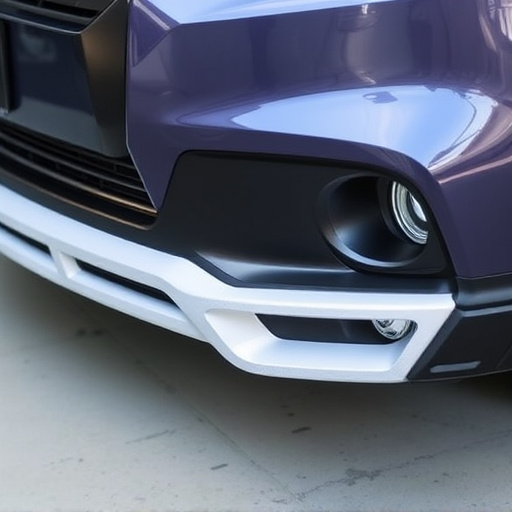
When undertaking car frame damage repair, selecting the appropriate materials and techniques is paramount to ensure structural integrity and long-lasting results. The first step involves understanding the extent of the frame damage, which dictates the choice of tools and parts. Modern auto body services employ advanced technologies for accurate measurements and precise cuts, ensuring that every component replaced or reinforced matches the vehicle’s original specifications. This attention to detail is crucial in maintaining the car’s safety and handling capabilities.
For instance, when dealing with car dent repair or removal, specialized equipment like hydraulic presses and precision-cut metal sheets are employed to minimize distortion and maintain the frame’s structural integrity. Additionally, using high-quality replacement parts from reputable manufacturers guarantees compatibility and longevity. By combining these materials and techniques, auto body services can effectively address car frame damage repair, restoring vehicles to their pre-accident condition while ensuring safety standards are met.
Final Inspection and Safety Considerations Post-Repair
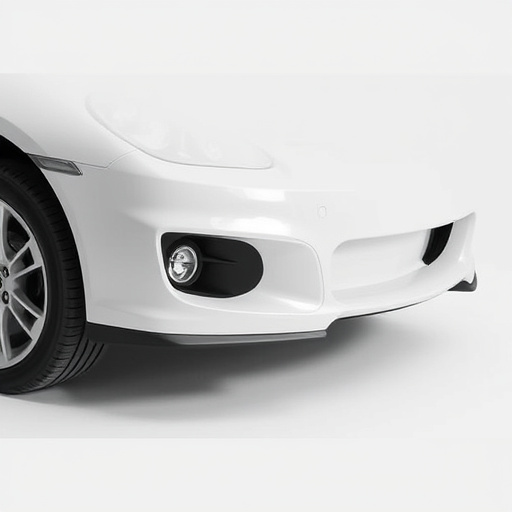
After the car frame damage repair is complete, a thorough final inspection is paramount. All components must be checked for proper alignment, structural integrity, and any signs of remaining stress or damage. This includes examining the chassis, suspension systems, steering components, and safety features such as airbags and seatbelts. A professional mechanic should perform this inspection to ensure everything meets safety standards, especially after significant car frame damage repair.
Safety considerations post-repair are paramount, regardless of the extent of the vehicle restoration. This involves verifying that all repairs adhere to manufacturer specifications and industry best practices. For instance, in a Mercedes Benz collision repair scenario, adhering to the brand’s specific guidelines ensures optimal performance and safety. Moreover, proper paint jobs and finishes, along with meticulous detailing, contribute to not only aesthetic appeal but also protect the vehicle from future damage, enhancing its overall value in the automotive restoration process.
When undertaking post-car frame damage repair, a meticulous approach is key. From initial assessment to final inspection, each step plays a vital role in ensuring structural integrity and safety. Choosing the right materials and techniques specific to the repair type guarantees optimal results. Remember that proper preparation and adherence to best practices will not only restore your vehicle’s structural soundness but also enhance its overall longevity, ensuring a safe and reliable ride for years to come.
